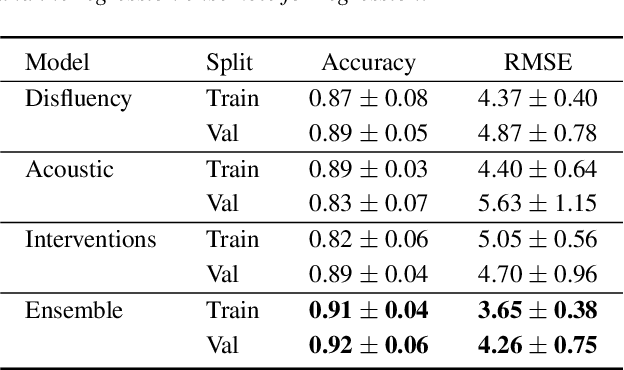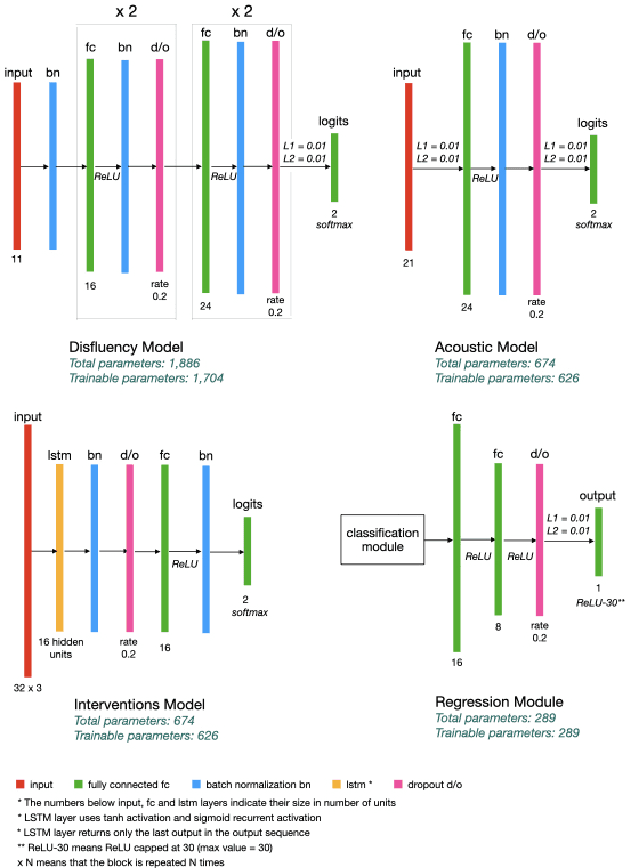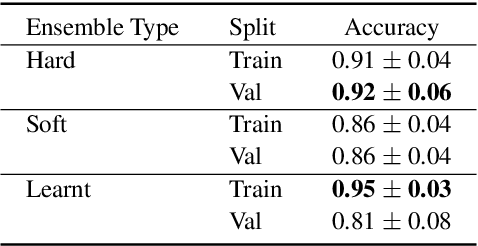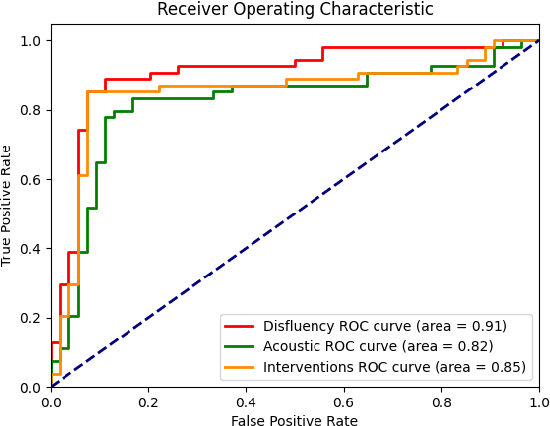Nouran Soliman
DiffuPT: Class Imbalance Mitigation for Glaucoma Detection via Diffusion Based Generation and Model Pretraining
Dec 04, 2024Abstract:Glaucoma is a progressive optic neuropathy characterized by structural damage to the optic nerve head and functional changes in the visual field. Detecting glaucoma early is crucial to preventing loss of eyesight. However, medical datasets often suffer from class imbalances, making detection more difficult for deep-learning algorithms. We use a generative-based framework to enhance glaucoma diagnosis, specifically addressing class imbalance through synthetic data generation. In addition, we collected the largest national dataset for glaucoma detection to support our study. The imbalance between normal and glaucomatous cases leads to performance degradation of classifier models. By combining our proposed framework leveraging diffusion models with a pretraining approach, we created a more robust classifier training process. This training process results in a better-performing classifier. The proposed approach shows promising results in improving the harmonic mean (sensitivity and specificity) and AUC for the roc for the glaucoma classifier. We report an improvement in the harmonic mean metric from 89.09% to 92.59% on the test set of our national dataset. We examine our method against other methods to overcome imbalance through extensive experiments. We report similar improvements on the AIROGS dataset. This study highlights that diffusion-based generation can be of great importance in tackling class imbalances in medical datasets to improve diagnostic performance.
Multimodal Inductive Transfer Learning for Detection of Alzheimer's Dementia and its Severity
Aug 30, 2020



Abstract:Alzheimer's disease is estimated to affect around 50 million people worldwide and is rising rapidly, with a global economic burden of nearly a trillion dollars. This calls for scalable, cost-effective, and robust methods for detection of Alzheimer's dementia (AD). We present a novel architecture that leverages acoustic, cognitive, and linguistic features to form a multimodal ensemble system. It uses specialized artificial neural networks with temporal characteristics to detect AD and its severity, which is reflected through Mini-Mental State Exam (MMSE) scores. We first evaluate it on the ADReSS challenge dataset, which is a subject-independent and balanced dataset matched for age and gender to mitigate biases, and is available through DementiaBank. Our system achieves state-of-the-art test accuracy, precision, recall, and F1-score of 83.3% each for AD classification, and state-of-the-art test root mean squared error (RMSE) of 4.60 for MMSE score regression. To the best of our knowledge, the system further achieves state-of-the-art AD classification accuracy of 88.0% when evaluated on the full benchmark DementiaBank Pitt database. Our work highlights the applicability and transferability of spontaneous speech to produce a robust inductive transfer learning model, and demonstrates generalizability through a task-agnostic feature-space. The source code is available at https://github.com/wazeerzulfikar/alzheimers-dementia
 Add to Chrome
Add to Chrome Add to Firefox
Add to Firefox Add to Edge
Add to Edge